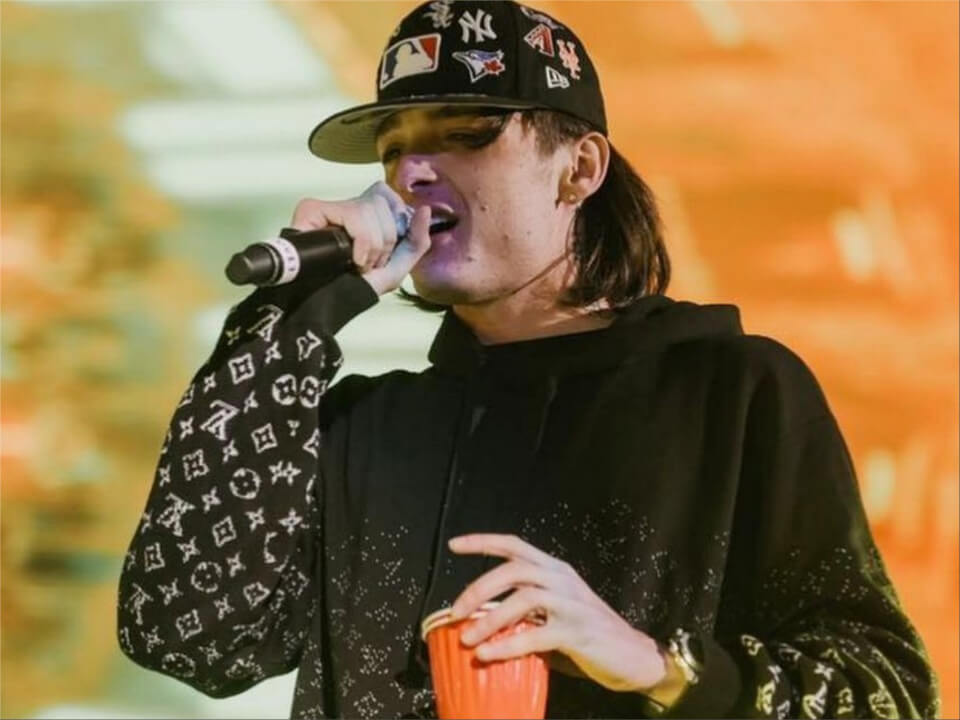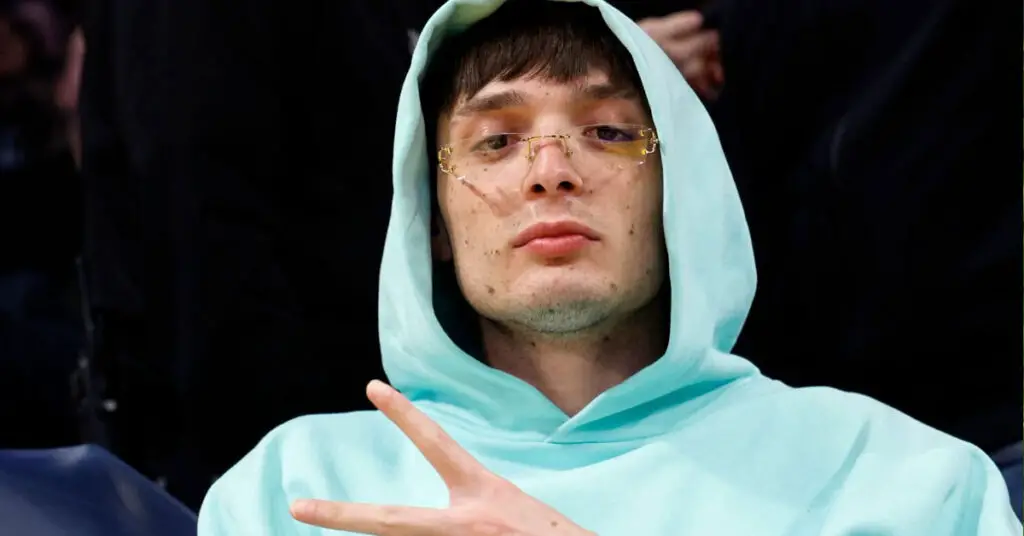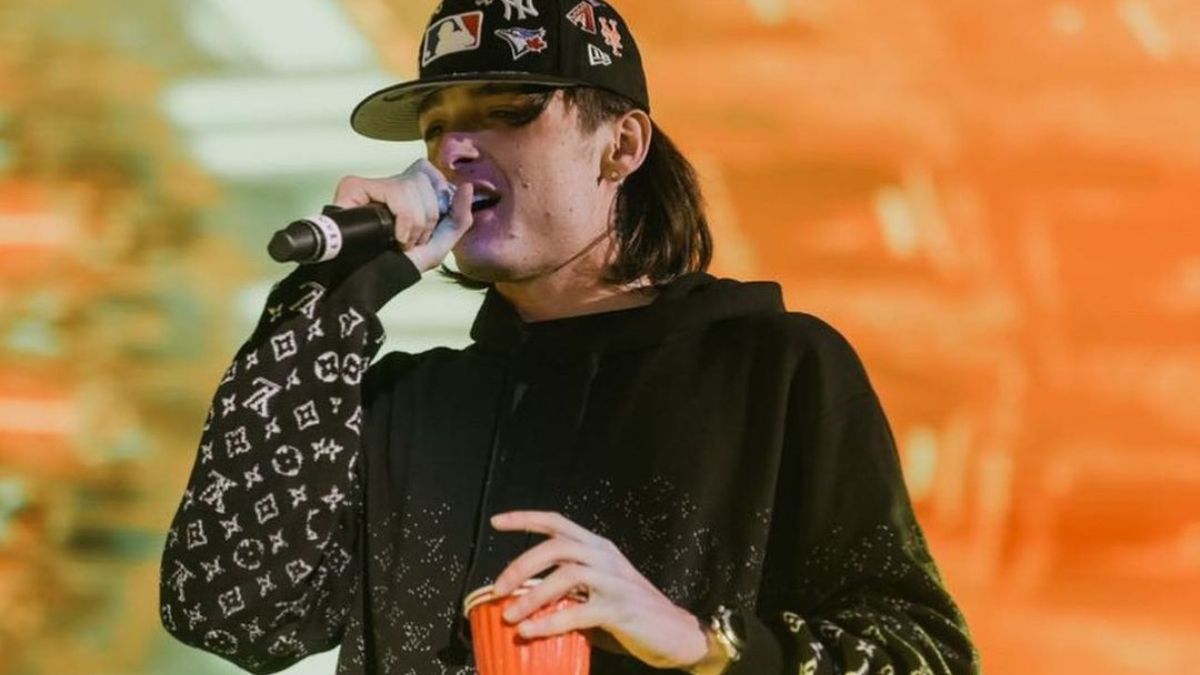When you dive into the world of boxing and mixed martial arts, the term "peso pluma age" often comes up in conversations. It's not just another random phrase; it's a critical aspect that defines a fighter's journey and career. Understanding what peso pluma age means is essential for fans and enthusiasts who want to get a deeper grasp of the sport. So, buckle up, because we're about to break it down for you in a way that’s easy to digest.
Now, let's be real here. If you're reading this, chances are you're either a die-hard boxing fan or someone who's curious about the sport. Either way, you're in the right place. The peso pluma age isn't just about numbers; it's about how fighters evolve, adapt, and compete at different stages of their careers. It's like a roadmap that guides them through the ranks.
Before we dive deep into the details, let's set the stage. Boxing and MMA are more than just sports; they're a lifestyle. The peso pluma age plays a significant role in shaping a fighter's career trajectory. So, whether you're a newbie or a seasoned fan, this guide will give you all the info you need to sound like a pro at your next sports bar hangout.
Read also:Kirby Smart Coaching Career The Journey Of A Football Mastermind
What Exactly is Peso Pluma?
Peso pluma, or featherweight, is a weight class in boxing and MMA that sits right between bantamweight and lightweight. Fighters in this category typically weigh between 122 and 126 pounds. It's a sweet spot where speed, agility, and power come together to create some of the most exciting matches in the sport.
Now, you might be wondering why this weight class matters so much. Well, it's all about finding the perfect balance. Fighters in the peso pluma category are usually small enough to be quick on their feet but strong enough to pack a punch. It's like the Goldilocks of weight classes—just right.
Why Does Age Matter in Peso Pluma?
Age is a crucial factor in any fighter's career, especially in the peso pluma division. Fighters in this weight class often peak in their late 20s to early 30s. This is when their bodies are at their prime, and they can push themselves to the limits without risking long-term damage.
However, the peso pluma age isn't just about physical capabilities. It's also about experience and mental toughness. Fighters who have been in the game for a while tend to have a better understanding of their opponents and can strategize more effectively. It's like having a sixth sense in the ring.
Exploring the Peso Pluma Age Range
When we talk about the peso pluma age, we're not just throwing numbers around. There's a science behind it. Fighters in this weight class typically start competing in their late teens or early 20s. This gives them enough time to develop their skills and build their endurance.
By the time they hit their mid-20s, most fighters are in their prime. They've got the speed, strength, and experience to take on the best in the division. But here's the kicker: the peso pluma age range isn't set in stone. Some fighters can still compete at a high level well into their 30s if they take care of their bodies.
Read also:5k How Much A Deep Dive Into The Value And What It Really Means
The Science Behind Peso Pluma Age
So, what makes the peso pluma age so special? It all comes down to biology. As fighters age, their bodies go through changes that affect their performance. Muscle mass decreases, recovery time increases, and the risk of injury goes up. But here's the thing: not all fighters experience these changes at the same rate.
Some fighters have genetics on their side, allowing them to maintain their peak performance for longer. Others rely on strict training regimens and proper nutrition to keep their bodies in top shape. It's a combination of nature and nurture that determines how long a fighter can stay competitive in the peso pluma division.
Notable Peso Pluma Fighters
Let's take a moment to appreciate some of the greatest peso pluma fighters in history. These athletes have set the bar high and inspired countless others to pursue the sport. Here are a few names you should know:
- Manny Pacquiao: Known as "Pacman," Pacquiao is one of the most celebrated fighters in the peso pluma division. His speed and power made him a force to be reckoned with.
- Nonito Donaire: With a career spanning over two decades, Donaire has proven himself as one of the best in the business. His technical skills and determination have earned him a spot in the Hall of Fame.
- Aaron Pryor Jr.: A rising star in the MMA world, Pryor Jr. has shown that he's got what it takes to make a name for himself in the peso pluma division.
These fighters have not only dominated the ring but have also contributed to the growth and popularity of the sport. They're the reason why so many people are fascinated by the peso pluma age and what it represents.
Biography of a Peso Pluma Legend
Let's take a closer look at one of these legends: Manny Pacquiao. Here's a quick rundown of his career and achievements:
| Full Name | Emmanuel Dapidran Pacquiao |
|---|---|
| Nickname | Pacman |
| Birthdate | December 17, 1978 |
| Height | 5' 5" (165 cm) |
| Weight | 126 lbs (57 kg) |
| Reach | 68" (173 cm) |
Pacquiao's journey from a poor kid in the Philippines to becoming one of the most successful boxers in history is nothing short of inspiring. His dedication to the sport and his community has made him a global icon.
The Impact of Peso Pluma Age on Career Longevity
Now, let's talk about how the peso pluma age affects a fighter's career longevity. It's not just about how long they can stay in the game; it's about how they can continue to compete at a high level. Fighters who manage their careers wisely can extend their time in the sport and even transition into other roles, such as trainers or commentators.
One of the biggest challenges for peso pluma fighters is maintaining their weight while staying strong and healthy. This requires a lot of discipline and sacrifice. But for those who can pull it off, the rewards are well worth it. They get to enjoy longer careers and leave a lasting legacy in the sport.
Tips for Managing Peso Pluma Age
If you're an aspiring fighter or just curious about how fighters manage their peso pluma age, here are a few tips:
- Stay consistent with your training regimen.
- Focus on proper nutrition and hydration.
- Listen to your body and rest when needed.
- Work with experienced trainers and coaches.
- Set realistic goals and celebrate your achievements.
By following these tips, fighters can maximize their potential and extend their careers in the peso pluma division.
How Peso Pluma Age Affects Matchmaking
Matchmaking is a crucial aspect of any fighter's career, and the peso pluma age plays a significant role in this process. Promoters and organizers consider a fighter's age, experience, and current form when setting up matches. This ensures that fights are competitive and exciting for fans.
However, the peso pluma age can also create challenges. Fighters who are too young or inexperienced may struggle against more seasoned opponents. On the other hand, older fighters may find it harder to keep up with their younger counterparts. It's a delicate balancing act that requires careful consideration.
The Future of Peso Pluma Age
As the sport continues to evolve, so does the concept of peso pluma age. Advances in training techniques, nutrition, and technology are helping fighters stay competitive for longer. This means we can expect to see more exciting matches and new stars emerging in the peso pluma division.
Moreover, the globalization of boxing and MMA has opened up new opportunities for fighters from all over the world. This diversity brings fresh perspectives and strategies to the sport, making it more dynamic and engaging for fans.
Conclusion: Embracing the Peso Pluma Age
In conclusion, understanding the peso pluma age is key to appreciating the sport of boxing and MMA. It's not just about numbers; it's about the journey that fighters go through to reach their full potential. From the early days of training to the glory of championship fights, the peso pluma age tells a story that resonates with fans around the world.
So, the next time you watch a fight, take a moment to think about the peso pluma age and how it influences the outcome. It's a reminder that behind every punch and every victory is a fighter who has dedicated their life to the sport.
Now, it's your turn. Share this article with your friends and let us know what you think in the comments below. Who's your favorite peso pluma fighter? What do you think the future holds for this weight class? Let's keep the conversation going!
Table of Contents
- What Exactly is Peso Pluma?
- Why Does Age Matter in Peso Pluma?
- Exploring the Peso Pluma Age Range
- Notable Peso Pluma Fighters
- Biography of a Peso Pluma Legend
- The Impact of Peso Pluma Age on Career Longevity
- Tips for Managing Peso Pluma Age
- How Peso Pluma Age Affects Matchmaking
- The Future of Peso Pluma Age
- Conclusion: Embracing the Peso Pluma Age


